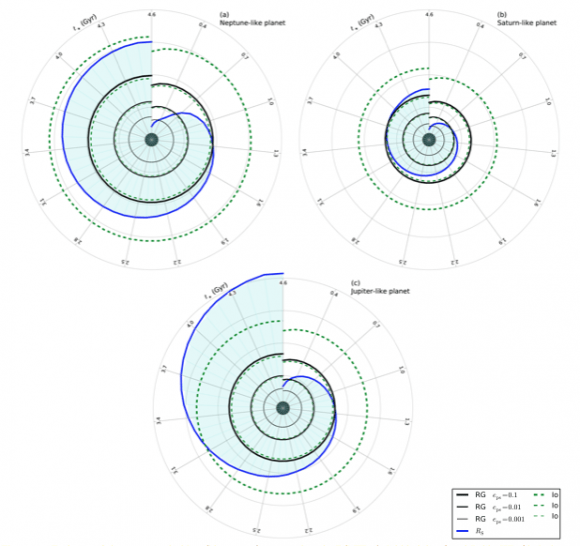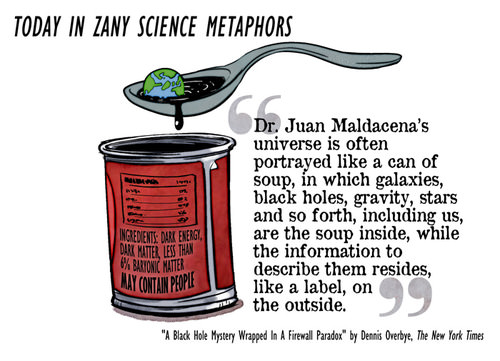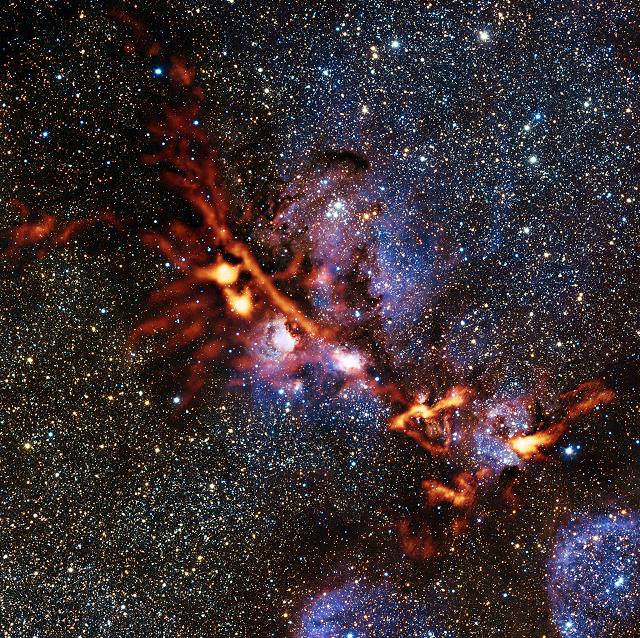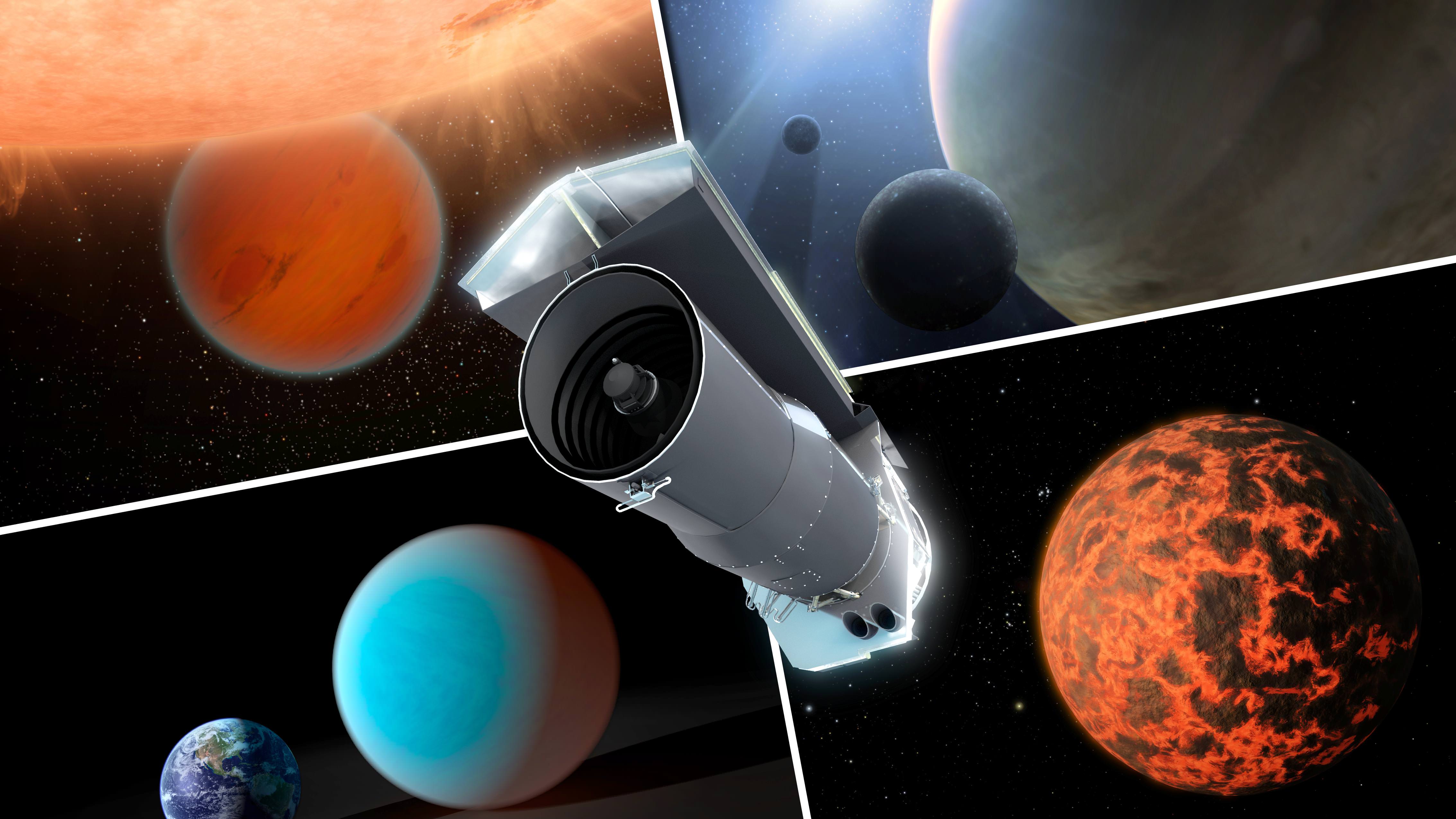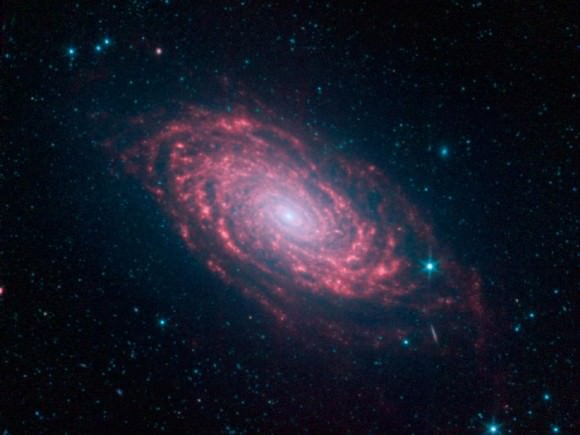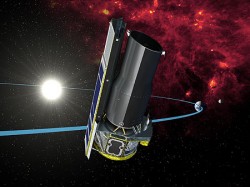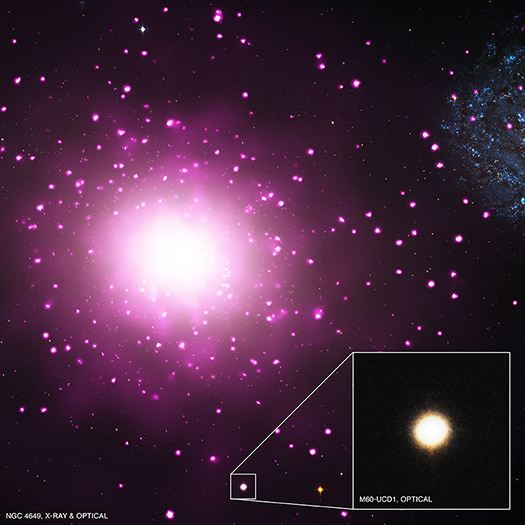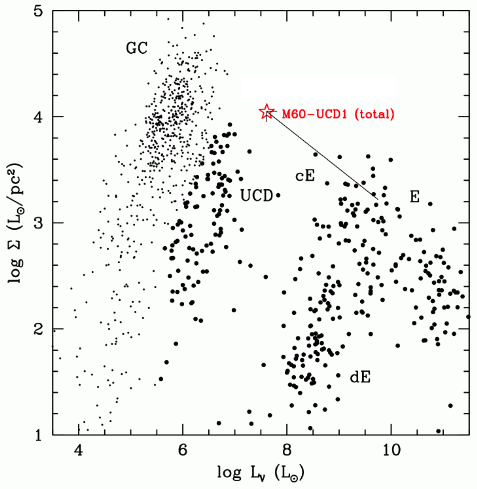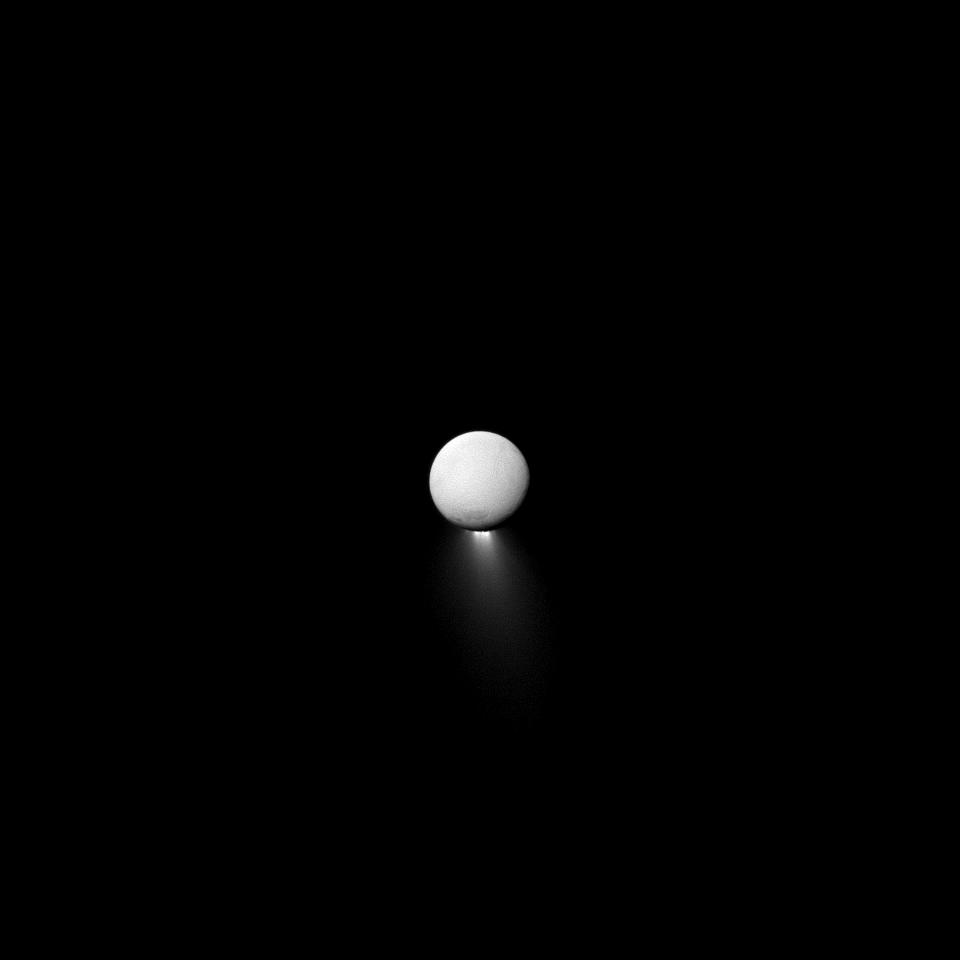When Bruce Banner gets angry, he gets big and green and strong and well, vengeful. The Hulk is the stuff of comic book legend and as Mark Ruffalo recently showed us in The Avengers, Banner’s/Hulk’s personality can transform on a dime.
Turns out rapid transformations are the case in astronomy, too! Scientists found a peculiar neutron star that can change from radio pulsar, to X-ray pulsar, back and forth. In the Hulk’s case, a big dose of gamma rays likely fuelled his ability to transform. This star’s superpowers, however, likely come from a companion star.
“What we’re seeing is a star that is the cosmic equivalent of ‘Dr. Jekyll and Mr. Hyde,’ with the ability to change from one form to its more intense counterpart with startling speed,” stated Scott Ransom, an astronomer at the National Radio Astronomy Observatory.
“Though we have known that X-ray binaries — some of which are observed as X-ray pulsars — can evolve over millions of years to become rapidly spinning radio pulsars, we were surprised to find one that seemed to swing so quickly between the two.”
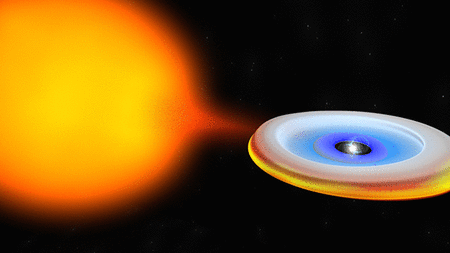
The star’s double personality came to light after astronomers made an accidental double-discovery. IGR J18245-2452, as the star is called, was flagged as a millisecond radio pulsar in 2005 using the National Science Foundation’s Robert C. Byrd Green Bank Telescope. Then this year, another team found an X-ray pulsar in the same region of the star cluster M28.
It took a little while to sort out the confusion, we’re sure, but eventually astronomers realized it was the same object behaving differently. That said, they were mighty confused: “This was particularly intriguing because radio pulses don’t come from an X-ray binary and the X-ray source has to be long gone before radio signals can emerge,” stated lead researcher Alessandro Papitto, who is with of Institute of Space Sciences in Catalunya (Institut d’Estudis Espacials de Catalunya) in Spain.
The key, it turns out, comes from the interplay with the star’s companion. Material doesn’t flow continuously, as astronomers previously believed is true of these system types, but in bunches. Starting and stopping the flow then led to swings in the behavior, making the star alternate between X-ray and radio emissions.
So to sum up what is happening:
– Neutron stars like IGR J18245-2452 are superdense star remnants that formed after supernovas. A teaspoon of this material is often cited as being as heavy as a mountain (but be careful, as mass and weight are different). Still, we can all understand this stuff is very dense and would take a superhero (Hulk?) to move.
– A neutron star that has a normal star nearby forms an X-ray binary, which happens when the neutron star poaches starstuff off its companion. When the material hits the neutron star, the stuff gets really hot and emits X-rays.
– When the material stops, magnetic fields on the neutron produce radio waves. These appear to blink on and off from the perspective of Earth, as the neutron rotates super-fast (several times a second).
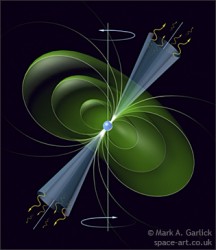
In the case of IGR J18245-2452, it behaved like an X-ray binary star for about a month, stopped suddenly, and then sent out radio waves for a while before flipping back again. (A month is less than a blink in astronomical terms, when you recall the universe is 13.8 billion years old.)
To take the longer view, astronomers used to believe that X-ray binaries could evolve into radio emitters over time. Now, though, it appears a star can be these two things at almost the same time.
“During periods when the mass flow is less intense, the magnetic field sweeps away the gas and prevents it from reaching the surface and creating X-ray emission,” NASA stated. “With the region around the neutron star relatively gas free, radio signals can easily escape and astronomers detect a radio pulsar.”
A whole suite of telescopes in Earth and space contributed to this discovery, but of note: the X-ray source was first spotted with the International Gamma-Ray Astrophysics Laboratory (INTEGRAL). You can read more details in the paper published in Nature.
Sources: National Radio Astronomy Observatory and NASA



